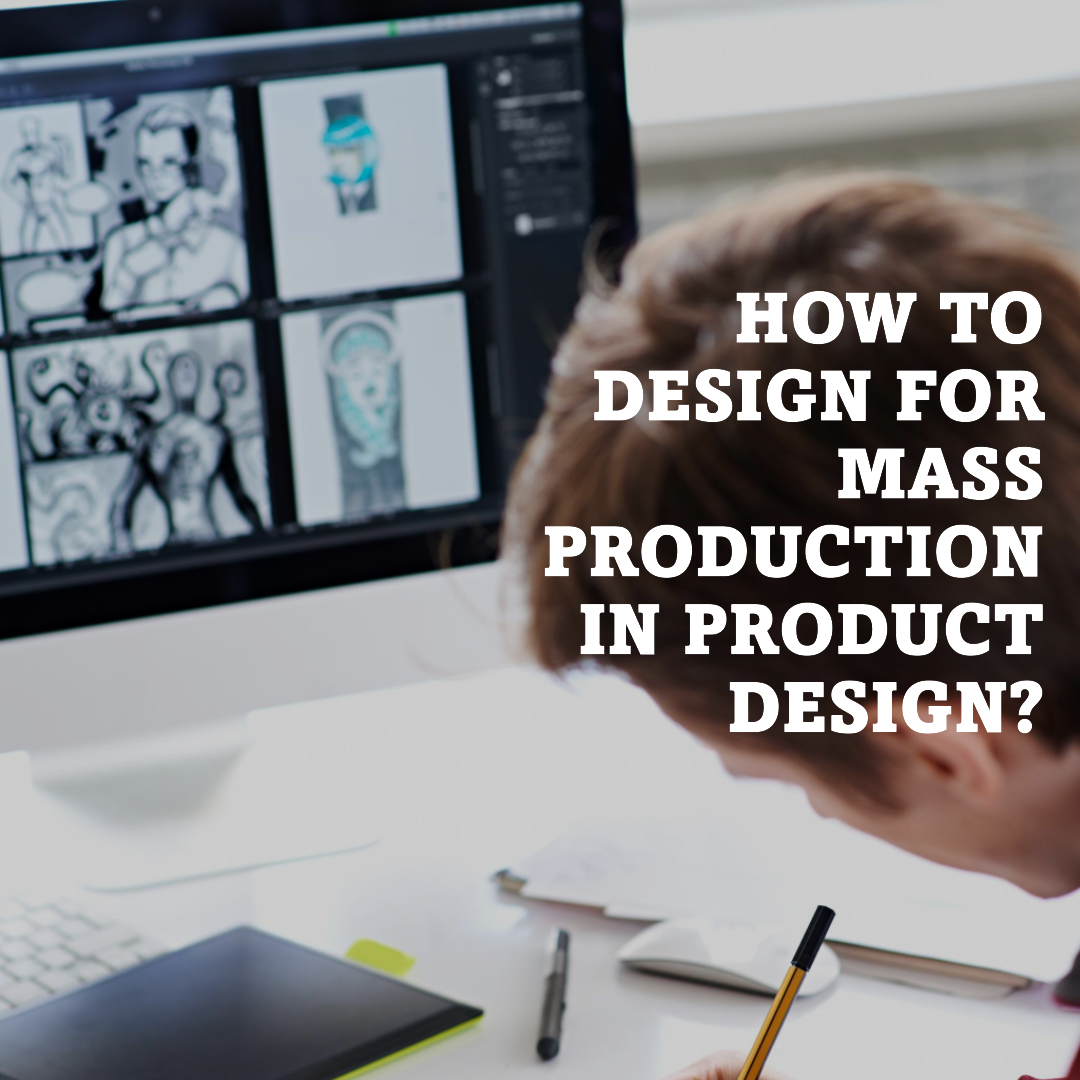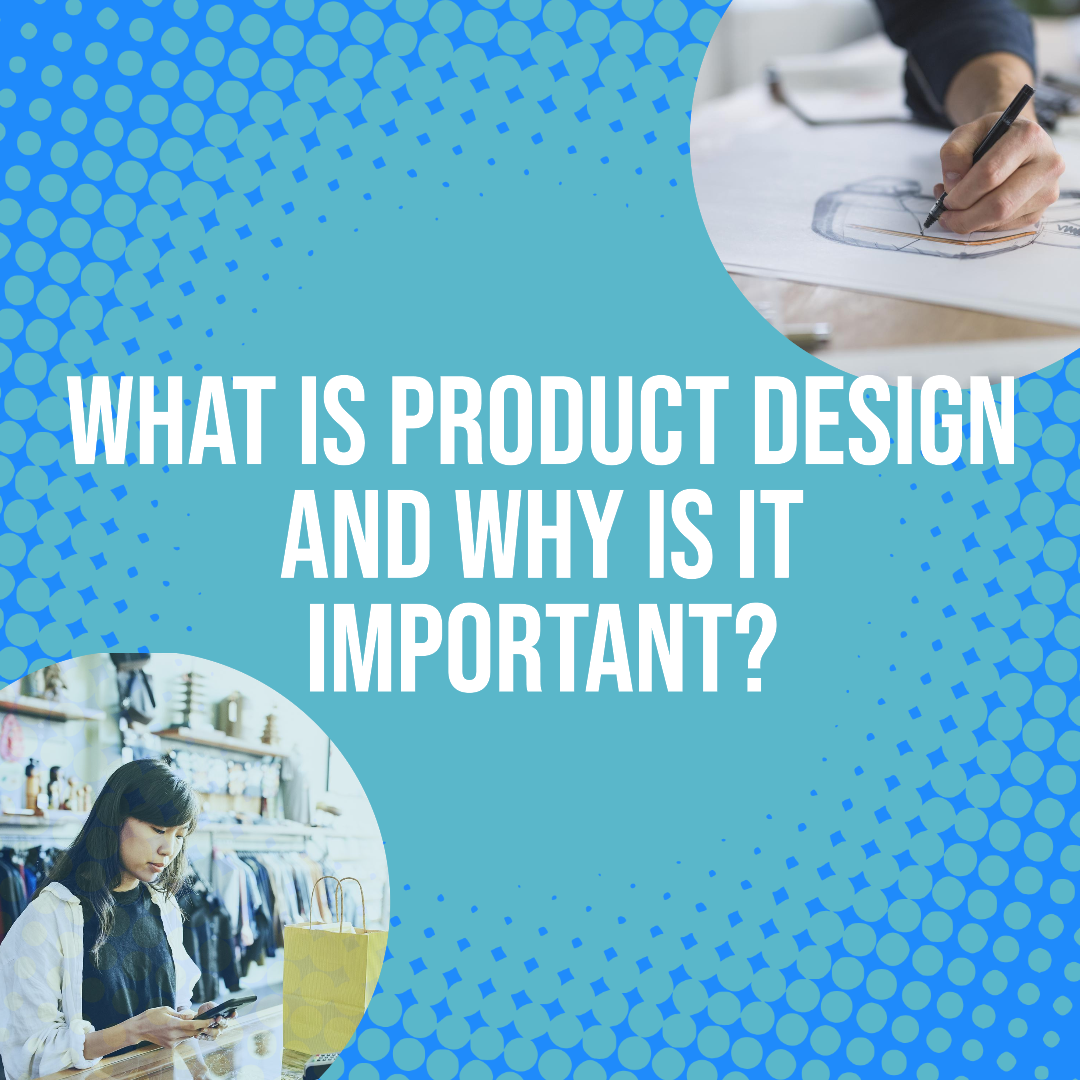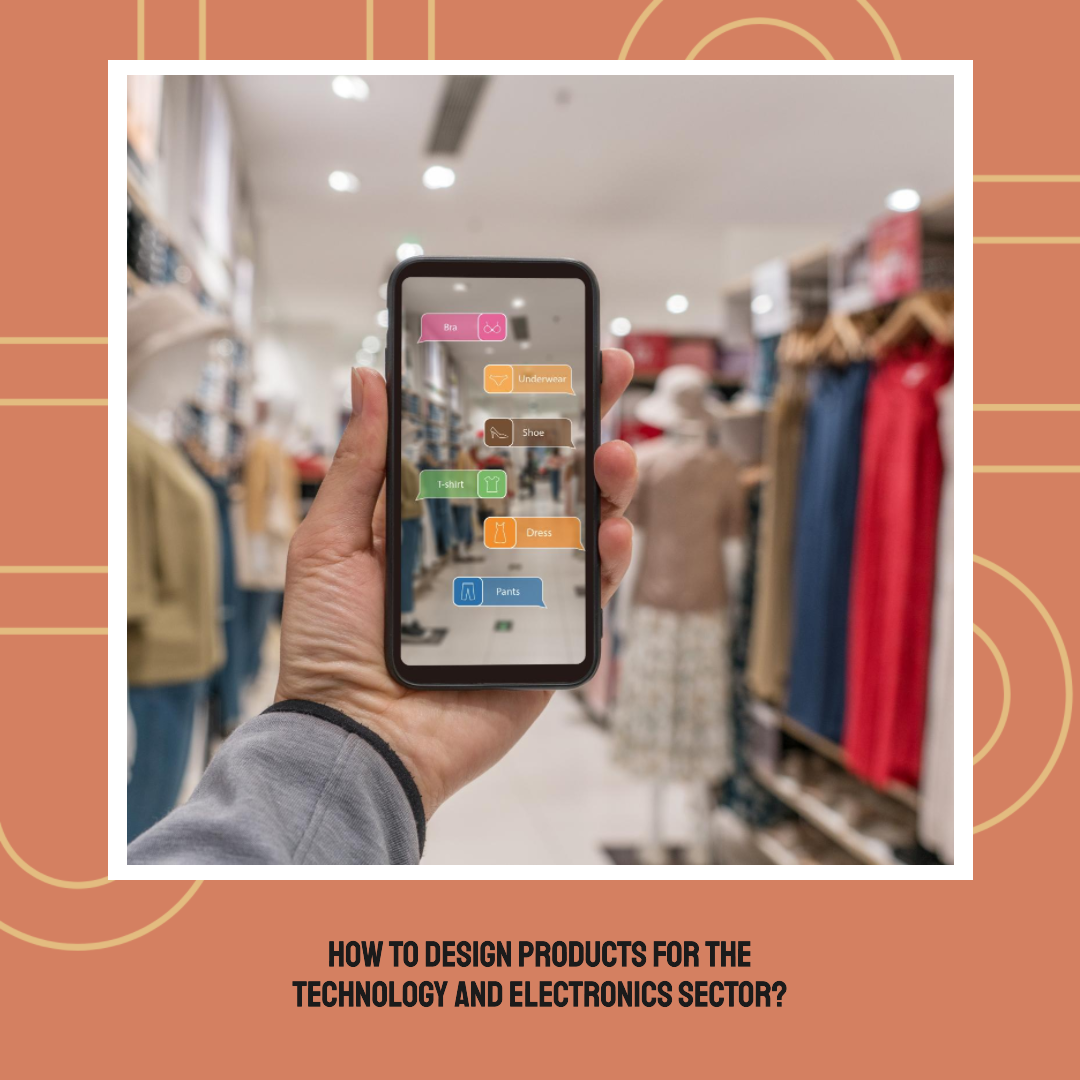How to design for mass production in product design?
Designing for mass production is the process of designing products that are easy and efficient to manufacture in large quantities. It is an important part of the product design process, as it can help to reduce manufacturing costs, improve product quality, and shorten time to market.
There are a number of things that product designers can do to design for mass production. Some of the most important factors to consider include:
- Material selection: The choice of materials can have a big impact on the manufacturability of a product. Some materials are more difficult to machine than others, and some materials require specialized manufacturing processes. When selecting materials, it is important to consider the manufacturing process that will be used to produce the product.
- Part design: The design of the individual parts that make up a product can also have a big impact on its manufacturability. For example, parts with complex shapes or tight tolerances can be difficult and expensive to manufacture. When designing parts, it is important to keep manufacturability in mind.
- Assembly design: The design of how the individual parts of a product are assembled can also have a big impact on its manufacturability. For example, products that require a lot of manual assembly can be expensive and time-consuming to produce. When designing products, it is important to design for easy assembly.
Here are some tips for designing for mass production:
- Use standard parts and materials: Standard parts and materials are less expensive than custom parts and materials. Whenever possible, use standard parts and materials in your product design.
- Reduce the number of parts: The more parts in a product, the more expensive it is to manufacture. Try to reduce the number of parts in your product design as much as possible.
- Simplify the design: A simpler design is less expensive to manufacture than a complex design. Try to simplify your product design as much as possible without sacrificing functionality.
- Design for manufacturability: Design your product for manufacturability. This means designing your product in a way that is easy and efficient to manufacture. Consider the manufacturing process when designing your product.
- Work with a contract manufacturer: A contract manufacturer can help you to design your product for mass production. They have experience manufacturing products and can help you to identify areas where you can save money.
Here are some examples of products that have been designed for mass production:
- The Apple iPhone: The iPhone is a great example of a product that has been designed for mass production. It is made from a small number of parts that are easy to assemble. The iPhone is also designed to be manufactured using automated processes, which helps to reduce costs and improve quality.
- The Toyota Camry: The Toyota Camry is another great example of a product that has been designed for mass production. It is made from a small number of parts that are easy to assemble. The Camry is also designed to be manufactured using a just-in-time manufacturing system, which helps to reduce costs and improve efficiency.
- The IKEA BILLY bookcase: The IKEA BILLY bookcase is a great example of a product that has been designed for both manufacturability and assembly. It is made from a small number of flat-pack parts that are easy to assemble with simple tools. The BILLY bookcase is also designed to be modular, so that it can be customized to fit any space.
By following these tips, you can design your products for mass production. This can help you to reduce manufacturing costs, improve product quality, and shorten time to market.








